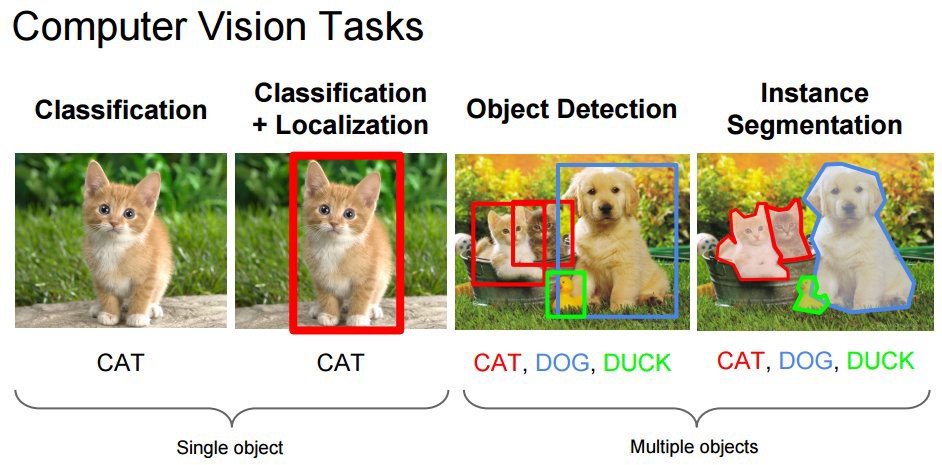Computer vision - Data used at best
For the longest time, humans have hoped to develop machines with human intelligence. Basically, creating machines that can act and think like us. Computer Vision or CV is one such technology where humans have tried to develop techniques for computers to identify digital photographs and videos the way we do.
Computer Vision is one of the most powerful types of Artificial Intelligence. A field of computer science that focuses on duplicating parts of the intricacy of the human visual system. With advancements in AI, deep learning, and neural networks, CV has made swift progress.
What is Computer Vision?
A field of study that is focused on figuring out a way for computers to see visual content like humans do.
It is a multidisciplinary field that falls under artificial intelligence and machine learning and uses general learning algorithms and specialized methods. Thus, computers or machines try to retrieve visual information and interpret it with the help of software algorithms.
Computer Vision can be used in the following tasks and more:
∙ Object identification — This system analyzes visual content and identifies the object on the photo or video. It can identify a particular type of car in the image.
∙ Object Verification — This system analyzes visual content and shows if a particular object is or is not in the photograph or video. If there is a car in the photo or video?
∙ Object Classification — This system analyzes photos and videos and classifies objects in the visual content in a defined category. It can find a car among all the objects in the visual content.
∙ Object Tracking — This system finds one or more object in videos that match search criteria and traces its movement.
How does computer vision work?
Computer vision is inspired by the way the human brain works. In efforts to mimic the brain, the biggest question in both Neuroscience and Machine Learning fields is how the brain works.
The hypothesis that the human brain depends on patterns to decode individual objects has been used to create computer vision systems. Computer vision algorithms are created on pattern recognition. The computers are trained to gigantic amounts of visual data. It processes images, labels each object, and finally finds patterns in those objects.
Computers interpret images as a series of pixels. Each set of pixels has its own color value. In any image, each pixel’s brightness is represented by a single 8-bit number in varied ranges. The software sees these numbers when an image is given. This data goes to the algorithm and analysis and decision is made.
Computer Vision Applications
This area of Machine Learning is already being integrated into major products that we use daily.
Augmented and Mixed Reality
Computer vision technology enables computing devices to overlay and embed virtual objects on real-world imagery. With Computer vision, Augmented Reality gear detects real-world objects to ascertain the locations on a device’s display to place a virtual object. The algorithm assists AR applications to establish depth and dimensions like floors, walls, or a chair.
Self-Driving Cars
But it’s not just tech companies that are leverage Machine Learning for image applications.
Computer vision enables self-driving cars to make sense of their surroundings. Cameras capture video from different angles around the car and feed it to computer vision software, which then processes the images in real-time to find the extremities of roads, read traffic signs, detect other cars, objects and pedestrians. The self-driving car can then steer its way on streets and highways, avoid hitting obstacles, and (hopefully) safely drive its passengers to their destination.
Facial Recognition
Computer vision also plays an important part in facial recognition apps. The Computer vision algorithms can identify features in images. It then compares and matches them with face profile databases. Facial recognition is widely used to authenticate the identities of their owners. Individuals can be tagged on Social media networks through facial recognition. Law enforcement is another area where facial recognition technology assists them to find criminals in video feeds.
3D Computer Vision
Everything has a 3D version. The same goes for computer vision. Regular computer vision will only give you the information of the image or the video, However; 3D computer vision can detect a person and can also tell what the person is doing. For example, if there is a team playing a basketball game and the computer vision is applied on the camera, it can tell you whether the person is standing or defending.
In simple words, it can detect the activity of the person and then give the information about it.
Computer vision solutions are being applied to everything from self driving cars to the agriculture industry. While this may seem like real progress, the truth remains that we are still far off from solving computer vision. As Computer vision breaks new grounds in different industries, we are sure to witness more and more progress.
Stay tuned to our blog to find more such technologies simplified….



